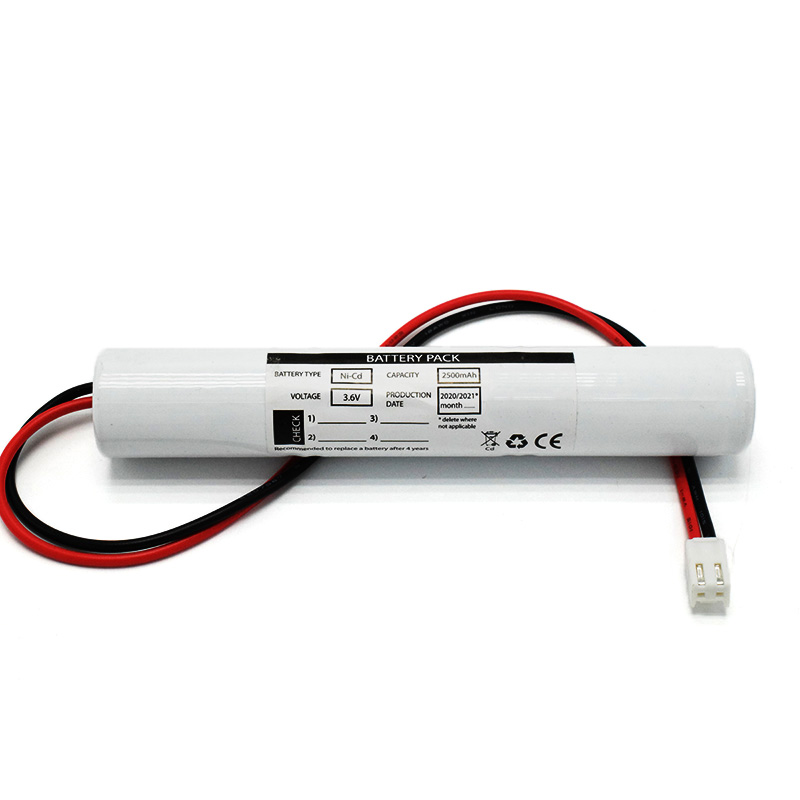Both Nickel-Cadmium (NiCad) and Lithium-Ion batteries are rechargeable, with NiCad having a longer history, while Lithium-Ion has become the preferred technology today. But which one is better?
The answer isn't straightforward. NiCad and Lithium-Ion batteries have distinct characteristics, each with its own advantages and disadvantages. One isn't inherently better than the other—it largely depends on your specific needs and usage.
With that in mind, let's explore some key differences:
The primary difference between NiCad and Lithium-Ion batteries lies in their internal chemistry. Every battery requires an anode, cathode, and electrolyte to generate power.
NiCad batteries use cadmium for the anode and nickel oxyhydroxide for the cathode, with aqueous potassium hydroxide serving as the electrolyte. As charged particles move through the electrolyte, a chemical reaction occurs. When the particles are driven to the anode, the battery charges; when they move to the cathode, it discharges.
Lithium-Ion batteries, on the other hand, typically use graphite for the anode and lithium oxide for the cathode, with a lithium salt serving as the electrolyte. The charging and discharging process is similar: as lithium ions shuttle between the anode and cathode, the battery charges and discharges.
NiCad batteries, as an older technology, typically offer between 1,000 and 2,000 recharge cycles once fully developed. However, the exact number can vary significantly depending on factors such as usage patterns and environmental conditions.
The first generation of Lithium-Ion batteries was limited to around 500-750 charge cycles. Today, however, a high-quality Lithium-Ion battery can deliver over 1,000 charge cycles.
Power density measures how much potential energy a battery can store. Both NiCad and Lithium-Ion batteries offer good power density, but Lithium-Ion generally outperforms NiCad. Lithium-Ion batteries have a higher energy density than NiCad, alkaline, and even NiMH cells, which also makes them lighter.
For many consumers, the discharge rate is a crucial consideration. Lithium-Ion batteries discharge slowly and consistently, similar to alkaline batteries, allowing them to last longer per charge cycle. While NiCad batteries can handle heavier loads, they tend to discharge more quickly.
One significant advantage of Lithium-Ion rechargeable batteries is their charging efficiency. NiCad batteries take much longer to fully charge—often several hours, or even overnight to ensure a full charge.
Another important factor is the memory effect, a common issue with NiCad batteries. This occurs when large crystals form on the anode and cathode, reducing the battery's storage capacity. The memory effect typically arises from not fully discharging NiCad batteries regularly, though it can still occur even with proper use.
Lithium-Ion batteries, on the other hand, are not susceptible to the memory effect, making them more reliable and easier to maintain. This lack of memory effect is a major advantage of Lithium-Ion technology over NiCad.
Both technologies have their place. For most consumer applications though, lithium-ion seems to be the better choice.

 Ni-MH Battery C4700mAh 3.6V
Ni-MH Battery C4700mAh 3.6V Nickel Cadmium Nicd Battery Pack SC1800mAh 3.6V
Nickel Cadmium Nicd Battery Pack SC1800mAh 3.6V Ni-Cd Battery Pack D4000mAh 3.6V
Ni-Cd Battery Pack D4000mAh 3.6V Ni-Cd Battery Pack C2500mAh 3.6V
Ni-Cd Battery Pack C2500mAh 3.6V NICAD Battery Pack AA900mAh 3.6V
NICAD Battery Pack AA900mAh 3.6V LiFePO4 IFR18650 1600mAh 3.2V
LiFePO4 IFR18650 1600mAh 3.2V LiFePO4 IFR18650 1600mAh 6.4V
LiFePO4 IFR18650 1600mAh 6.4V Ni-MH Battery C4000mAh 3.6V
Ni-MH Battery C4000mAh 3.6V E-bike Battery 48V 10Ah JL-1
E-bike Battery 48V 10Ah JL-1 E-bike battery 48V 10Ah Qing Tian
E-bike battery 48V 10Ah Qing Tian